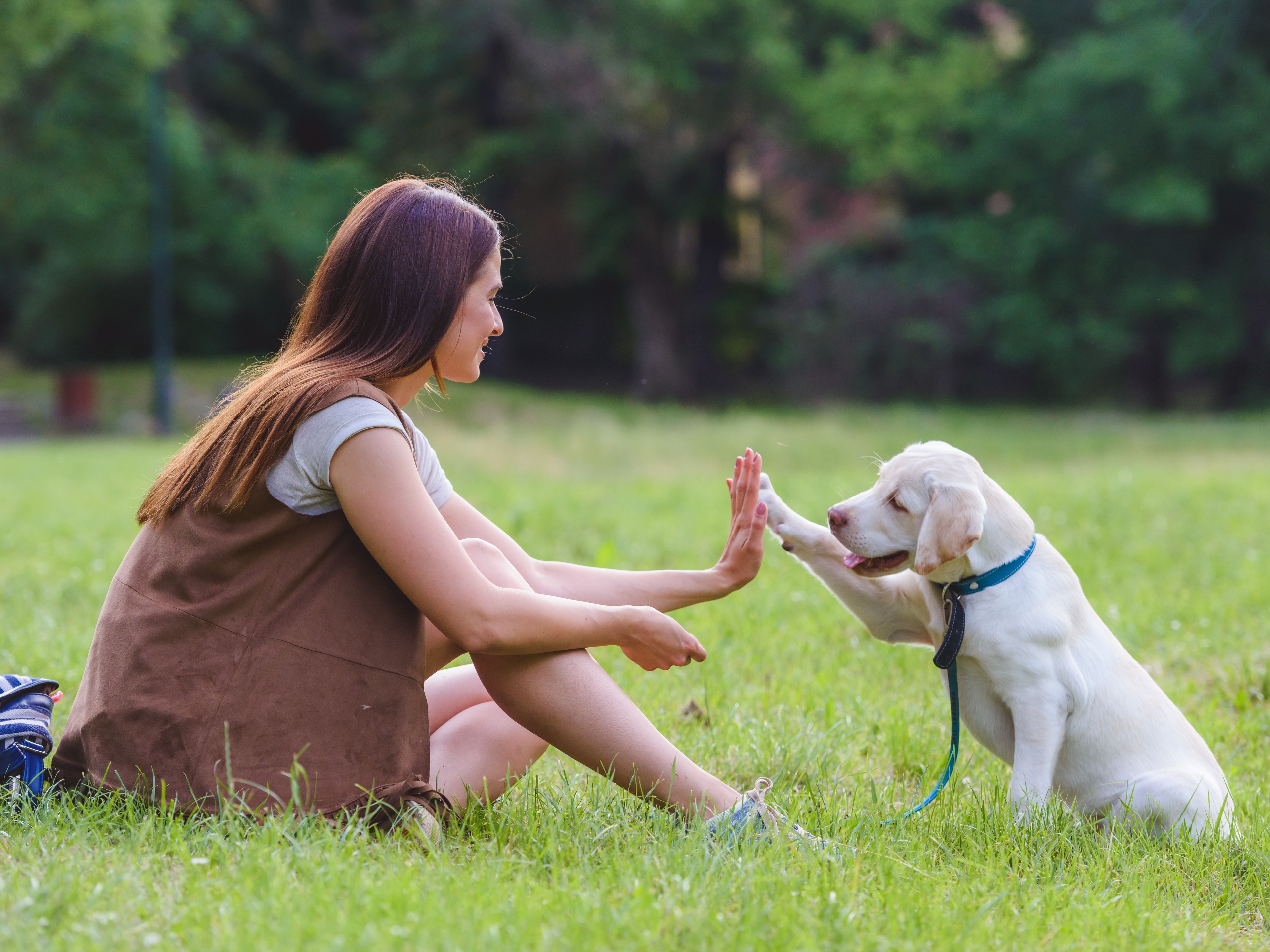Rabies is a deadly virus that can be transmitted to humans through the bite of an infected animal. In order to prevent the spread of rabies and protect public health, rabies clinics play a crucial role in providing affordable vaccinations for pets and stray animals. These clinics not only help to control the spread of the disease but also contribute to the overall well-being of communities. Let's explore the reasons why rabies clinics are essential for community health and well-being. To get more details about rabies clinics, you may check it here.
The Importance of Rabies Clinics
Preventing the Spread of Rabies
- Rabies is a zoonotic disease, meaning it can be transmitted from animals to humans.
- Rabies clinics offer affordable vaccinations for pets, including dogs and cats, to prevent the spread of the virus.
- Vaccinating pets helps create a barrier against rabies transmission from wildlife to humans.
Protecting Public Health
- Rabies is almost always fatal once symptoms appear, making prevention key to protecting public health.
- Rabies clinics provide easy access to vaccinations, ensuring a higher percentage of pets in the community are protected.
- By reducing the risk of rabies in animals, the likelihood of human exposure to the virus is significantly decreased.
Benefits of Rabies Clinics
Cost-Effective Vaccination Services
- Rabies clinics often offer vaccinations at a reduced cost or even for free, making it more affordable for pet owners to keep their animals protected.
- By providing cost-effective services, rabies clinics help ensure a higher vaccination rate in the community, leading to better overall protection against the virus.
Community Engagement and Education
- Rabies clinics serve as a hub for community engagement, bringing pet owners together to prioritize the health of their animals and the community.
- These clinics also offer educational resources on rabies prevention, responsible pet ownership, and the importance of vaccinations.
- Community engagement and education help raise awareness about rabies and empower individuals to take proactive measures to protect themselves and their pets.
Ensuring Animal Welfare
Addressing Stray and Unvaccinated Animals
- Rabies clinics play a crucial role in reaching out to stray animals and providing them with vaccinations to prevent the spread of the virus.
- By increasing the vaccination coverage among stray animals, rabies clinics help improve animal welfare and reduce the risk of rabies outbreaks in the community.
Promoting Responsible Pet Ownership
- Rabies clinics promote responsible pet ownership by emphasizing the importance of vaccinations, identification tags, and regular veterinary care.
- Through outreach programs and educational initiatives, rabies clinics encourage pet owners to take proper care of their animals and prioritize their health and safety.
Conclusion
Rabies clinics play a vital role in protecting public health, preventing the spread of rabies, and ensuring the well-being of both animals and humans in communities. By offering affordable vaccinations, promoting community engagement and education, and addressing stray animals, these clinics contribute to a healthier and safer environment for all. It is essential for communities to support and prioritize rabies clinics to effectively control the spread of the virus and safeguard the health and well-being of their residents.

